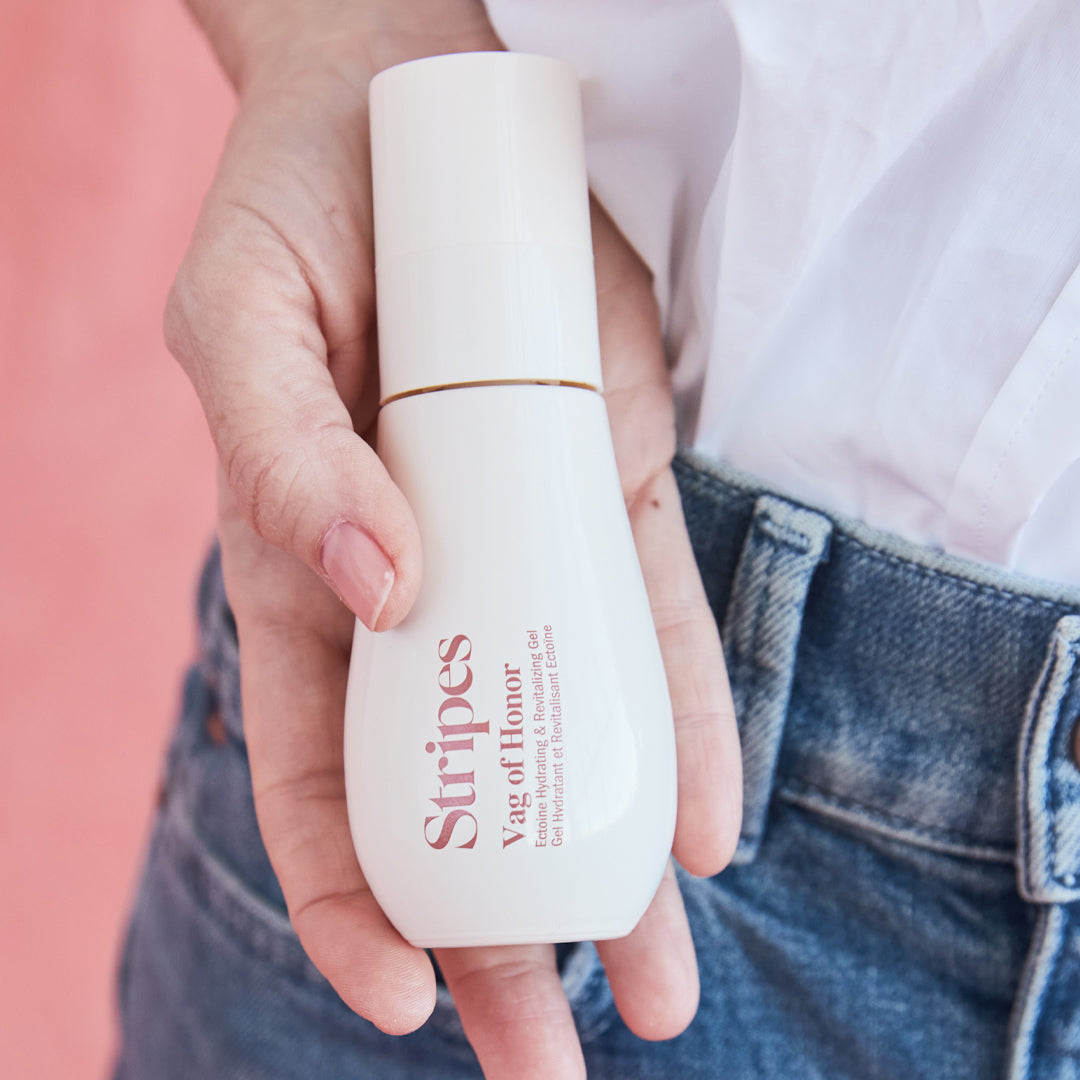Once upon a time, you were the kind of person who could collapse onto a pile of sheets and blankets and fall asleep with the lights on. Or you could easily fall asleep with the TV blaring your favorite reality show after eating two slices of pizza. Sleep hygiene? Boring. Who needed a solid eight hours of sleep, really?
Friends, I have good news and bad news. The good news is that you are an adult who no longer (or, well, rarely) falls asleep with crumbs in the sheets and can control her sleep destiny. The bad news is that it’s more important than ever to get into a good sleep routine. And if you’ve been struggling with getting quality sleep in midlife, it’s time to start from scratch.
We asked Susan D’Addario, a sleep therapist based in New York City, how to create the ideal
bedtime routine. It may be strict and it may seem alien. But give it a chance, and you’ll wonder how you ever slept any other way.
T minus two hours before bed
This is the time when you’ve finished dinner (avoid alcohol and spicy foods at nighttime) and are putting away the dishes. Still hungry? There’s nothing wrong with a healthy evening snack. Smart choices include fruit and yogurt, nuts, popcorn, or anything rich in fiber and nutrients that will keep you feeling full until morning.
If you’re a night bather or showerer, it’s best to complete your rituals two hours (including using your hair dryer) before bed in order to give your body time to cool down. The goal is to dive under your covers feeling as cool as possible.
Now it’s time to chill — literally.
“Turn the thermostat down to 68 degrees,” recommends D’Addario. “Lower temperatures support drowsiness.” Also consider using cooling sheets and pillows, and nightwear that’s breathable and comfortable.
T minus one hour before bed
It’s time to dim the lights. Bright lights and screens can confuse our brain, tricking it into thinking it’s still daylight. Lower lights cue your brain that it’s time for bed. This is the time to put away your devices that emit blue light, the kind that keeps you awake and distracted instead of focused on the night’s main activity: sleep.
Does the rest of your family want the lights on? Put on a pair of blue light–blocking glasses. Yes, your loved ones may look at you strangely, but you’ll immediately feel calmer and less stressed. This is another cue to your brain that you should start yawning soon.
Start darkening your bedroom. If you’ve got curtains that block outside light, such as streetlamps, car headlights, or your neighbor’s Christmas lights, pull them closed. Your room should be as dark as can be.
It’s still an hour before bed. That doesn’t mean you should just wander around in the dark. This is your calming time. Pick up a book (no thrillers) or enjoy some easy TV (keeping your blue light glasses on).
“As far as what you do during that final hour, engage in an activity you enjoy but that will also support you to wind down versus keep you wound up,” says D’Addario. “This is not the time to work, scan emails, or scroll social media.”
You can try coloring, journaling, listening to relaxing music, sketching, meditating, light stretching, (ahem, spending quality time with yourself) — whatever puts your mind at peace.
“The idea, again, is to shift yourself from daytime thoughts, actions, and energy levels to the healing and beauty of nighttime quiet, relaxation, and peace,” D’Addario explains.
Bedtime
Congratulations, you’ve made it to bed! Hopefully you’re yawning and starting to feel drowsy. Your room should be dark and cool. Can’t block those outside lights? Try a breathable sleep mask that lays comfortably across your face and doesn’t dig in behind your ears. You want to feel as if you’re floating in a sea of darkness.
Do you like to listen to a soothing podcast before bed? Keep your blue light glasses at the ready when you cue it up on your phone so as not to suddenly expose yourself to brain-confusing light or tempt you into social media scrolling.
Oh wait, you need to get up to use the bathroom. Don’t smash your toe! D’Addario recommends a motion sensor or red nightlight (she recommends this one) to help you get from bedroom to bathroom.
New habits take time
Your new bedtime routine will take a few days to implement. Don’t worry if you have false starts; just take it one night at a time. Sleep care is self-care! It takes years to build up our sleep habits, so it may take a while to adjust to new ones.
By Lindsay Goldwert
Lindsay Goldwert is the content director for Stripes. She's written for the New York Times, Refinery 29, and others. She lives with her husband and cat in New York City.
Looking to connect with a community of women who know what you're going through? Check out The Hot Spot!











